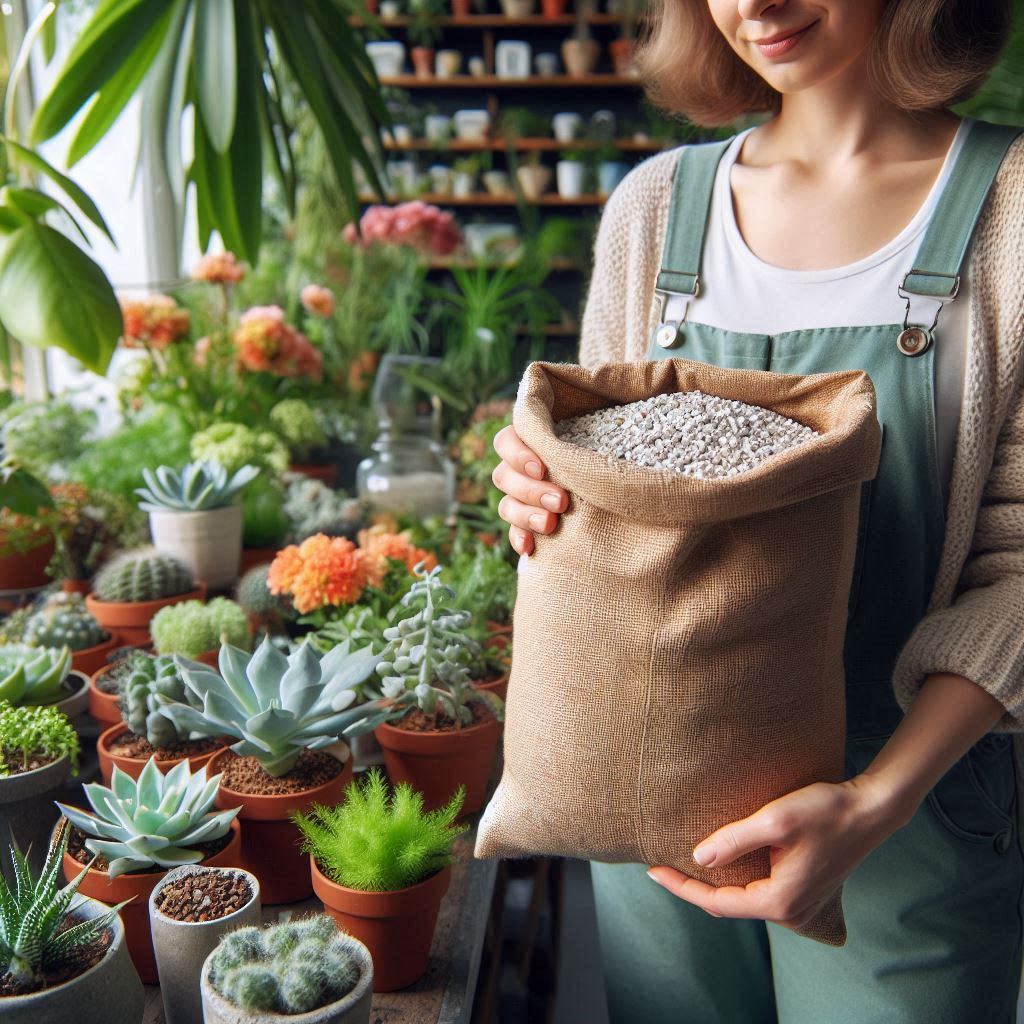I suggest growing thyme from seeds (also known as savory). It smells amazing (often found in the “Herbes de Provence” blend) and grows into a low, compact shrub. For more about its composition and properties, check out the article Thyme Properties and Benefits . Thyme thrives in pots on sunny balconies or windowsills, provided there’s plenty of fresh air. The thyme shrub has a small root system, making it an ideal spice to grow at home, and it also flowers beautifully.
How to Grow Thyme from Seeds at Home: Step-by-Step Guide:
- Use a small pot, no taller than 15 cm;
- Add a couple of centimeters of drainage at the bottom;
- Mix the soil with perlite or vermiculite (optional, but I don’t plant anything without them anymore);
- Moisten the soil (using a spray bottle, for example) and plant a few seeds;
- Cover the seeds with 1 cm of soil, moisten again, and make sure the top layer doesn’t dry out until the seeds sprout.
 Thyme from Seeds on a Windowsill
Thyme from Seeds on a Windowsill
I recommend shading the pot until the seedlings appear—let the sprouts strengthen a bit because they can get scorched by direct sunlight (it’s happened to me before).
The seeds have excellent germination, so you can choose the strongest seedlings and remove the weaker ones after a couple of months (or carefully transplant them into disposable cups to gift to others).
Water thyme moderately, only when the soil has dried out. Don’t deprive young seedlings of water, but be cautious not to overwater. When the shrub starts sending out new shoots from the root (by the second year), it’s time to repot. Like most herbaceous spices, thyme responds well to mineral fertilizer.
In winter, it’s best to move thyme from the windowsill to an enclosed balcony so it can rest. This will result in healthier and more abundant growth in the spring—provided the temperature on the balcony doesn’t drop below 5°C. Some people grow thyme year-round, in which case it may need not just a warm and sunny windowsill but also additional lighting .
My thyme just sprouted a few days ago, so I won’t be able to harvest it for a while. It’s recommended to harvest thyme during its flowering period. You can cut the leaves and stems year-round, but do it in moderation!






